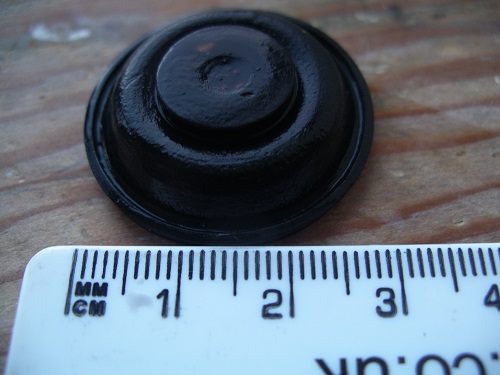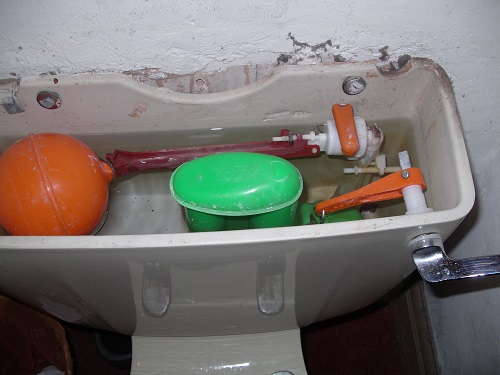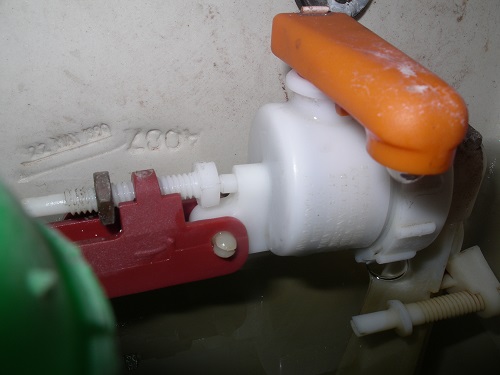Chris starts the New Year by mending a cardigan and the loo. First, let's remember the amazing number of items Freegled in 2016:
Here's Greenpeace's suggestions for New Year's Resolutions
Resolve to tackle overconsumption in your life. By 8 August - Earth Overshoot Day - people had already consumed more resources than the Earth could regenerate in all of 2016. This year, try new ways to reduce your impact on the planet. Eat less meat, or none. Avoid throwaway plastic products. Walk or cycle instead of driving. Fix that broken phone or mend that item of clothing instead of buying something new.
As with any resolution, it's what you do that counts - and keep on doing it. Yesterday I finally got round to darning a big hole in a favourite zip-up cardigan - the elbow was in a real mess. Here's the end result:
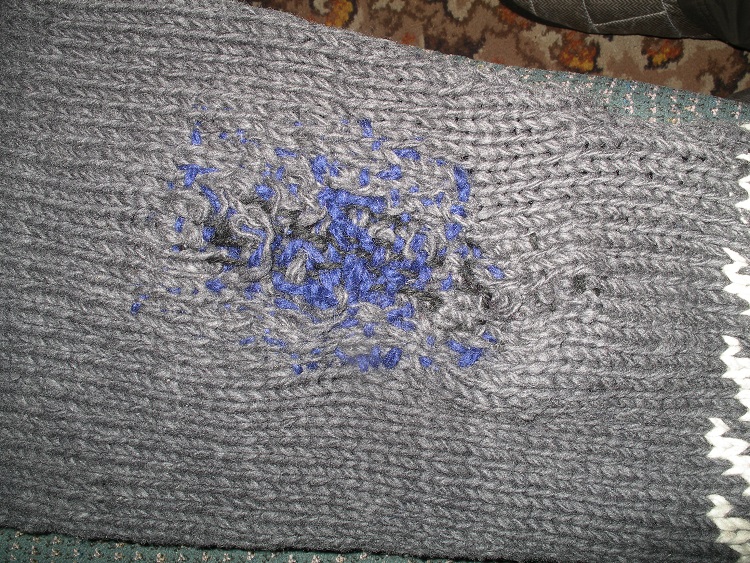
OK - not an invisible mend - but perhaps I can just about argue that it is a trendy patch?! I started by turning the arm inside out and worked on the patch with my spare hand in the sleeve - making sure I didn't darn across the sleeve. For huge holes, you had best knit a whole new section of sleeve and then sew it in. However, for this one, like most darns, I did a lattice of threds first running one way and then the other. As you can probably see I ended up using lots of lengths of wool - mainly because it seemed to break fairly easily when in action. Start by doing a knot in some good material. Zig-zag up and down through the existing knitting and cross the gap where the hole is. Create a series of threads across the whole of the hole. Then start again by going across your initial lines. Make sure you keep going over and under to create a woven effect. I had some spare thread left over at the end, so I radically did some diagonals as well. Tie off the wool, turn the arm inside out again - and hey hey it's done!
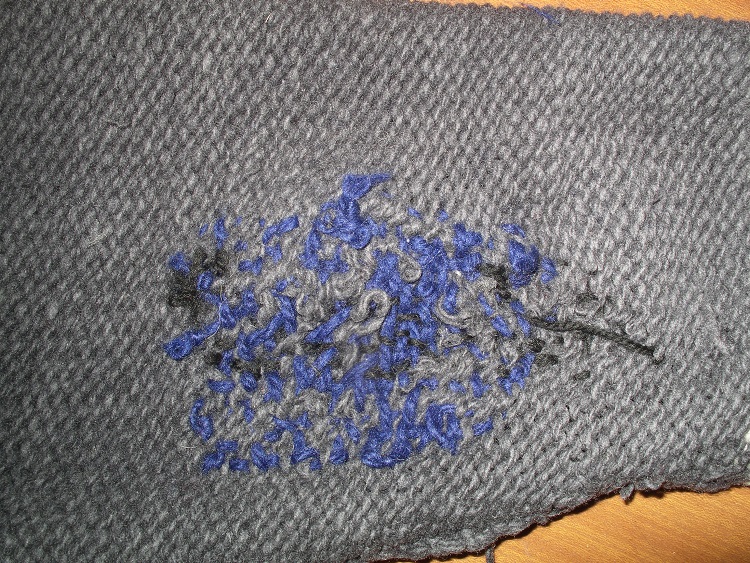
With bad timing, our loo developed a problem: it was continuously filling up - and overflowing to the outside - no spill, but a waste of water. The plumbing in our bathroom is pretty old so there's no isolating valve in the pipework near the toilet. So I had to switch off the water upstairs at the outflow from the cold water tank. Taking the lid off the cistern, I could see that the float was not causing the inlet valve to shut off the water. The mechanism was sufficiently ancient that I was able to take the valve apart to diagnose the problem. Eventually I worked out that the rubber diaphragm had perished so the float lifting up did not shut off the supply. Initially I fixed it by tweaking the remains of the diaphragm back in place. This did hold overnight, but a better repair was needed. It was at this point that I remembered that we had an outside toilet - which is shut off for the winter so as to avoid it freezing up. I extracted the diaphragm from the outside loo - and it fitted! Later I was able to order some spares on ebay to put the outside toilet back together again.
